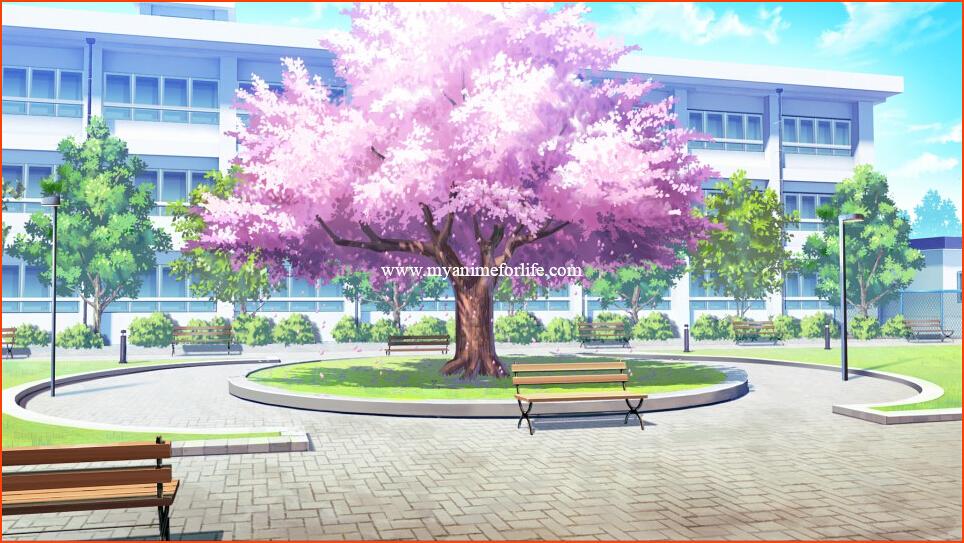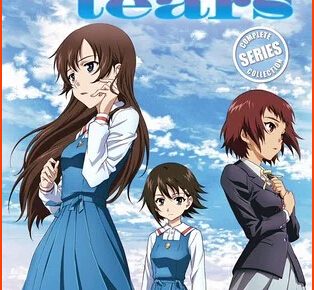
As opposed to mainstream thinking, this part of anime is nearly just about as old as anime itself, seeing as its beginnings date as far back as 1966 with the production of Magical Witch Sally. This anime wore an idea that was maybe unimaginative generally a duplicate of the sitcom Bewitched, which circulated in 1964 however got well known among young ladies since it introduced a female lead character unexpectedly.
Another novel trademark that is not really known by anime devotees is the vast majority of the first shoujo anime were not made by ladies, which is a given nowadays, however by men! Enchanted Witch Sally, for instance, was made by Yokoyama Mitsuteru, all the more broadly known for making the goliath robot subgenre with anime like Tetsujin 28th, Babel II and Giant Robo. The equivalent can be said for the other pivotal series of the period: Princess Knight, which was a production of the “God of Manga” himself, Tezuka Osamu.

It wouldn’t be until 1973 that a pertinent TV series with characters made by ladies would come around: Aim for the Ace!. Despite the fact that it was not the first shoujo anime out there (other anime like Attack No. 1 have that honor), it turned into a moderate hit at that point. From that second forward, most anime focused on ladies would be made by ladies, and it was dramatizations like Candy and Rose of Versailles in the mid and late ’70s that demonstrated to the organization heads that this specific type of activity could be an economically practical item. The rest, as it’s been said, is history.
What put the shoujo in shoujo anime?

From my own insight, I have seen three, particular essential attributes and one optional trademark:
- The fundamental character is typically a young lady or lady, and each part of the anime floats around them.
- The plot is optional to the characters. The makers are more engrossed in building up the characters and their connections, and the plot is generally made to expand the allure of the character. Inquisitively, it is the lucidity with which the characters are made that makes it simpler to make a persuading plot for them.
- The shows will in general be serialized, having one thousand story to tell and separating it in little pieces. Subsequently, continuation through cliffhangers is just about a given from episode to episode.
The optional trademark is simply the character plan. Eyes will in general be bigger, with a specific sparkle present. Male characters will in general be abnormally attractive and, much of the time, nearly young lady like in appearance. The lone motivation behind why I don’t index this as a particular trademark is on the grounds that anime character configuration has changed, and a few components which used to be special to shoujo anime have now crossed into the standard.
Only one out of every odd shoujo anime is made equivalent
There are three styles out there that attempt to speak to the female populace, and the eccentricities have a ton to do with the age section each attempt to reach.

- Mahou shoujo enchanted young lady: This is the most established of the three gatherings. It is focused on more youthful crowds and as a rule includes a young lady with unadulterated expectations attempting to assist others using enchantment or some otherworldly ancient rarity. It very well may be said that the cutting edge profile for this part of anime appeared in 1982, with the appearance of Minky Momo, which set up the components that are currently staples in the class: mystical change (normally including a practically X-evaluated succession complete with a mantra or expression, causing the character to seem more seasoned and hotter); utilization of implement, ostentatious outfits, presence of some kind of pet whom offers guidance to the primary character and a mission that should be satisfied. Mariner Moon, Card Captor Sakura, Pretear, Full Moon wo Sagashite, Fancy Lala and Kaleido Star are acceptable beginning stages for fledgling watchers.
- Sensational series: As the name demonstrates, this part of shoujo anime is more distracted with making, for the absence of better words, “teenager dramas.” This doesn’t really imply that they are exaggerated or messy, yet there is a great deal of pressure included, and generally the courageous woman needs to endure and go through the motions to arrive at some degree of joy. This type is pointed generally at youngsters, albeit the absolute best series out there can have a significantly more established segment. Candy, Brother Dear Brother, Hana Yori Dango, Glass no Kamen, Rose of Versailles and Kodomo no Omocha are especially suggested.
- Yaoi and yuri: These are certainly for more established crowds and offer a few likenesses with the Dramatic Series type, with the unmistakable qualification that it includes sentimental circumstances among individuals from a similar sex yuri for ladies and yaoi for men. Suggested anime in this classification incorporate Gravitation, Kizuna and Maria-sama ga Miteru this last one is fringe yuri and is the best prologue to the class for the individuals who are weak willed.
Present day anime and the obscuring of obstructions among shoujo and shounen classes

In the current situation with the business, it is getting increasingly hard to recognize shoujo and shounen anime. Individuals can’t help thinking about why that became, since it used to be genuinely simple to discover contrasts between the two. There are, by and by, verifiable reasons that caused the present circumstance:
- Female character creators: during the ’80s, an age of female character fashioners raged the scene and began working in anime generally focused on young men. Leading this development were individuals like Takada Akemi (Kimagure Orange Road, Maison Ikkoku, Patlabor and Urusei Yatsura), bringing a portion of the shoujo workmanship sensibilities to the standard.
- Takahashi Rumiko: She is an exceptional marvels just by being a female manga-ka composing shounen anime.Even more extraordinary is that she has become the main maker for both the manga and anime scene over the most recent 25 years. She brought components of the series for ladies into the standard from a more adapted and worked on character plan to a more lively utilization of the accounts, making the male lead less running and aloof and as a rule more moronic than a door handle and their female partner turning into the solid character.
- Studio Ghibli: It was Miyazaki’s solid female characters that made it feasible for another age of watchers to at long last break the no-no that put female leads in the shoujo domain and made it adequate to accept them in the standard.
My expectation is that the differentiation between the class in liveliness will keep on obscuring as anime makers search for a more extensive interest for their end result. I expect manga to be the last stronghold where the distinction between classes will be battled it is in reality simple to recognize the two in that medium. Apparently unisex anime will be among us for quite a while; that is a disgrace, since a significant number of the items which have been an aftereffect of cross-fertilization between types wind up struggling choosing what they need to be, and the outcomes are unremarkable, best case scenario.



